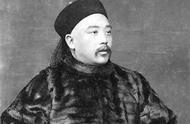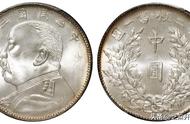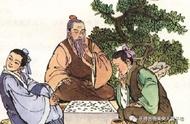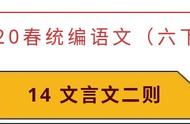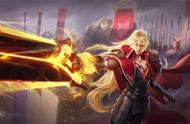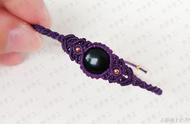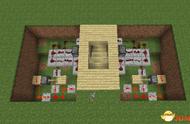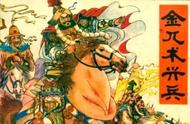
定冠词
1 .特指某(些)人或某(些)事物,这是定冠词的基本用法
①The books on the desk were published last month.
桌子上的那些书是上个月出版的。
②The factory I mentioned has installed a new assembly line.
我提到的那家工厂已经安装了一条新的装配线。
③We were all lost in the beauty of nature.
我们都被大自然的美所陶醉。
2 .再次提到前面已出现的日 人或事物,表示特指
①I met a friend in the street;he said he had been seriously ill.
我在街上遇见了一位朋友,他说他生过一场大病。
②He told us a story ,but I was not interested in the story.
他给我们讲了一个故事,但我对这个故事不感兴趣。
3 .指谈话双方彼此都知道的人或事物
We went to the station to see the manager off.
我们到车站为经理送行。
4 .用在某些可数名词单数前,用来指事物的整体(总称)与其他事物的区别
①The telephone was invented by Bell.
电话是贝尔发明的。
②The elephant is much stronger than the horse.
象比马强壮得多。
5 .用在表示某国人的名词前
the Chinese 中国人;the French 法国人;the English 英国人;the Spanish 西班牙人;
the Dutch 荷兰人;the Irish 爱尔兰人;the Swiss 瑞士人;the Japanese 日本人。
6 .某些形容词或分词前加定冠词 the 表示一类人(表示复数)
the homeless 无家可归的人;the rich 富人;the poor 穷人;the blind 盲人;the old 老年人;the young年轻人;the strong 强者;the weak 弱者;the sick 病人;the wounded 伤者。
7 .在序数词前要加定冠词 the(有时在序数词前加不定冠词,表示“再次”“又一”)
She lives on the twelfth floor.她住在十二楼。
8 .在形容词最高级及形容词 only(唯一的) ,very(正是那个) ,same(同样的)等前加定冠词 the
①This is the most interesting film I have ever seen.
这是我看过的最有趣的电影。
②He must be the only student who has ever been to the city in our class.
他一定是我们班唯一去过那座城市的同学。
③That’s the very thing I’ve been looking for.
那正是我要找的东西。
9 .在表示一些独一无二的东西的名词前要用定冠词 the
the earth 地球;the moon 月亮;the sun 太阳;the sky 天空;the universe 宇宙;the world 世界;the air 空中;the ground 地面。
10 .用于时间、重量等单位名词之前,表示每一个单位
①The boat is hired by the hour.
小船按小时出租。
②There are two or three apples to the pound.
每磅有两三个苹果。
11.在表示方位、方向的名词前用定冠词 the
in the east/south/west/north 在东/南/西/北方;on the right/left 在右/左边。
12 .在表江河、海洋、山脉、群岛、沙漠、海峡、海湾等专有名词前,要用定冠词 the
the Yellow River 黄河;the Rhine 莱茵河;the Pacific 太平洋;the Red Sea 红海;the Himalayas 喜马拉雅山脉;the British Isles 不列颠群岛;the Taiwan Strait 台湾海峡;the Sahara Desert 撒哈拉沙漠。
13 .用在逢“十” 的数词前,指世纪的某个年代
in the 1980s/1980’s 在 20 世纪 80 年代。
14 .乐器名称前用定冠词 the
She plays the piano best in her class.
她钢琴在班上弹得最好。
15 .在姓氏的复数形式前加定冠词 the表示“ …… 一家”
the Browns 布朗一家;the Lis 姓李的一家。
16 .在“动词+sb.+介词+the+表身体部位的名词” 的固定结构中
hit sb. in the face 打某人的脸;take sb. by the arm/hand 抓住某人的胳膊/手;pat sb. on the shoulder拍某人的肩;hit sb. on the head 打某人的头。
本结构中不能用物主代词替代定冠词,常用于该结构的动词有 pat ,strike ,beat ,hit ,
catch,put ,take 等。
17 .在短语搭配中
in the end 最后;come to the point 谈到正题;on the contrary 相反;in the morning 在早晨;in thedistance 在远处;in the water 在水中;on the subject of 关于 … … 的主题;on the air 在广播。




